Analytics has always had a place in operations such as marketing and sales, but its use in human resources is not as common. And it might not seem like there is a connection at all. How can you use data to understand people? Or to measure performance? Isn’t HR an inherently qualitative department, more about understanding people rather than using data and numbers? That’s usually the common idea around why data is not used in this capacity– it just doesn’t seem like there’s a place for it.
But that couldn’t be further from the truth. Qualitative and quantitative data aren’t mutually exclusive. The combination of the two is what creates a truly optimized Human Resources function with a genuine understanding of what the department is able to accomplish. Moreover, it’s a fundamental component of attracting, developing, and retaining talent within your company. Here are some of the key components:
Demographic data
Understanding the makeup of different demographics is key in building out improved diversity and inclusion programs. The likelihood is, you’ll have this data in a lot of different forms, but are you really able to see it all in a comprehensive way, or to see it contextualized with feedback and other department info? Demographic data can help you better understand department functions alongside other vital operational and performance data to construct a truly holistic view of departments and their functions.
Pay
Retention is a term used a lot when it comes to HR, but do you really strategize for it? Pay tends to be one of the contentious issues, and having operational data on hand can make negotiations, promotions, and hiring a more optimized process.
By seeing data against other key performance points, compensation becomes easier to design. Plus, seeing this data against other data such as job duties, role responsibility, and overall satisfaction can help identify how to better structure compensation and bonuses in a more streamlined way.
Engagement
Engagement can be one of the harder components to define and track, but it can give so much insight into how departments are functioning from an operational and performance standpoint. Measuring employee engagement will likely depend on your own internal structure and culture, but it is incredibly important to have a balance between qualitative and quantitative data for this benchmark.
Quantitative data can help in understanding trends and sentiment initially, while qualitative can be deployed to get more specific and contextualized feedback in order to design enhanced engagement programs.
Performance
Performance is another metric that tends to be considered as more qualitative, but there is room for data here as well. Having some form of quantitative data allows for easier benchmarking and better discussions between managers and employees. While the actual evaluation session may be more of a discussion, the data allows for a general idea of whether employees are able to develop and sustain change to improve. And again, identifying trends can be extremely helpful in further developing the performance review process and creating a sustained improvement for meaningful feedback and discussion.
Applicant Tracking
Ultimately, these different metrics are not just for use internally, but also for crafting strategies for recruitment and hiring. Having these clear analytics on-hand allows for more transparent discussions during interviews so that candidates feel comfortable throughout and can make decisions faster based on actual performance and engagement metrics. Moreover, applicant tracking allows you to see how current recruitment and hiring is going – how many candidates go through the process, what is the dropoff rate like, and where does that tend to happen? Identifying gaps like these can help optimize processes and ensure that talented candidates don’t slip through the cracks.
This is just a small window into what people analytics can accomplish and the insights that can be generated. To learn more about how data can help fuel a more advanced HR operation and what your business can accomplish by implementing an analytics-based approach in your organization, please contact us.





